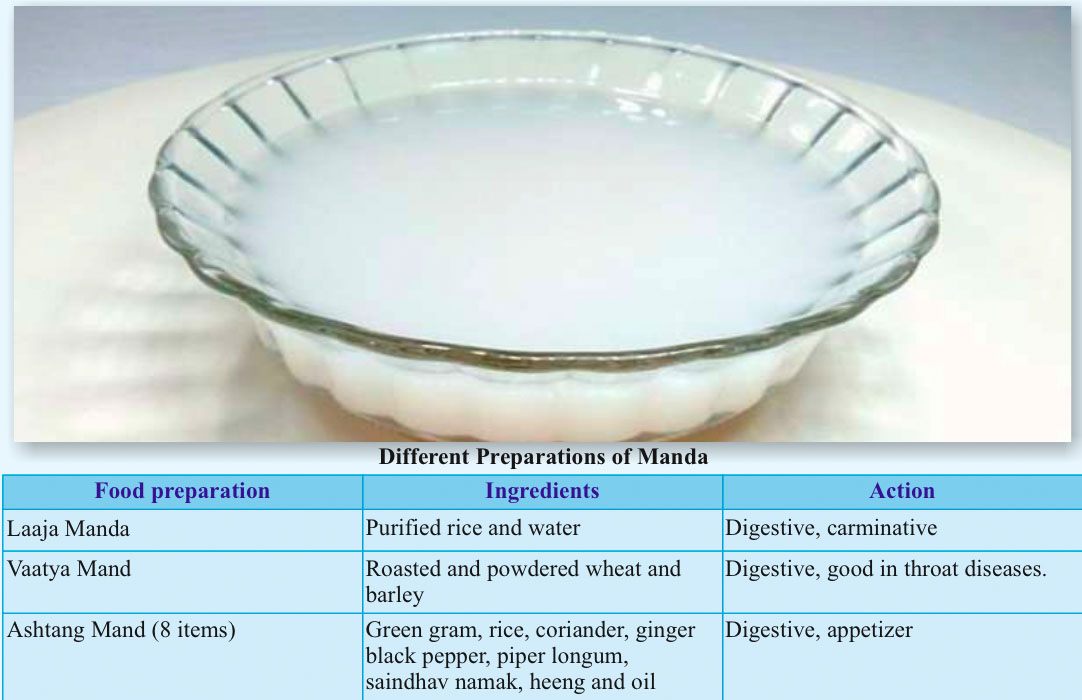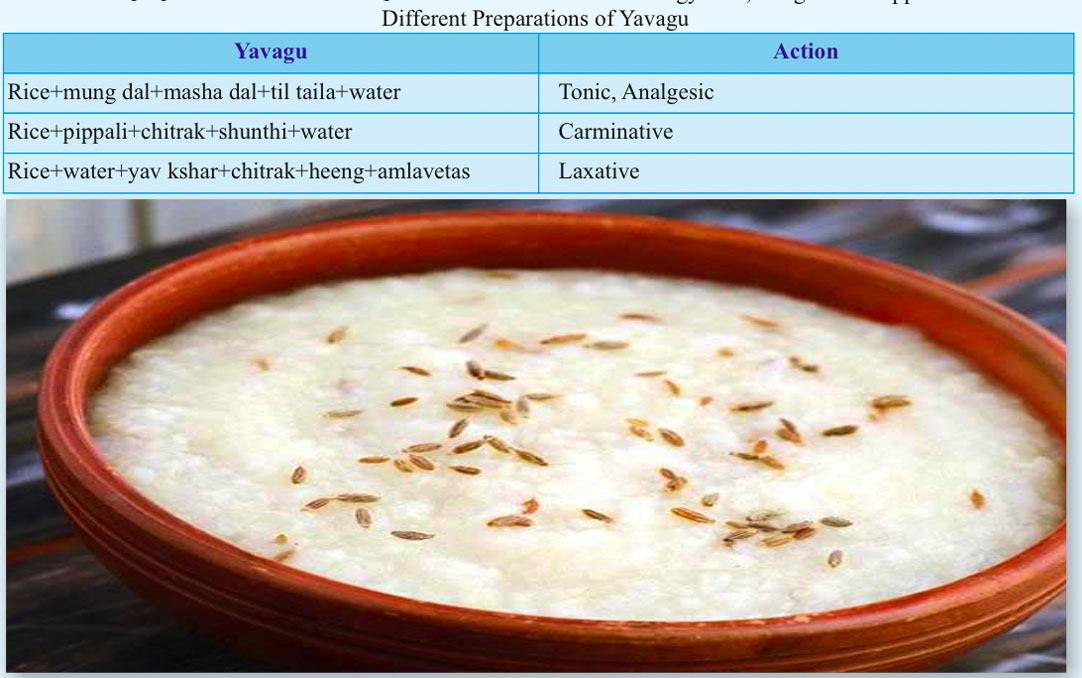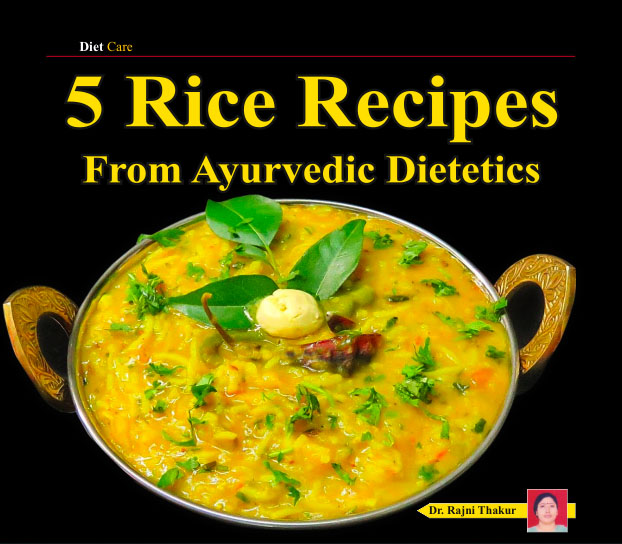Food is one of the three pillars of life. It is the major source for serving the nutritional needs of the body. It is termed as the supreme medicine. Ayurveda, the traditional system of medicine brings extensive knowledge about the relation between food and health. Ayurvedic texts mention the diversity of food and their use in healthy and diseased conditions. Acharyas have classified food according to cooking methods, season, time, place, origin and constitution of human body.
No amount of medicine can do any good to a patient who does not observe proper food and no medicine is needed to the patient if he follows the diet schedule recommended at the time of illness which is termed as Pathya in Ayurveda.
This 'Pathya Vyavstha' emphasises on the therapeutic effect of food because of the presence of functional components present in it like body healers, anti-oxidants, appetizers, probiotics, proteins, carbohydrates and minerals. So diet alone can conquer many ailments.
Pathya is known as wholesome and beneficial. It is suggested for healthy persons to maintain their health and remain diseases free. It is very much important for ill person, to make him recover at the earliest. It is also followed during body detoxification processes like Panchkarma. Pathya means - a way/channel which directs one to follow certain regimen to fasten the process of recovery from diseased state. It is the synonym of 'Treatment'.
In Ayurveda, there is an extensive description of Pathya preparations in which rice and water are the main components. These rice recipes improve the digestion and appetite of the patients and provide them strength by fullfilling nutritional needs when their digestive power reaches to minimum.
Ayurvedic texts use the metaphor of seedling for progressive form of disease. This seedling will be destroyed if it is not nourished by water. Similarly the disease will be no more if the patient doesn't consume apathya which means unwholesome or nutrient poor food and consumes only Pathya.
5 Major Rice Recipes

1. Manda (the watery content of rice gruel)
It is the food preparation made from 1 part rice and 14 parts water. Rice and water are made to boil. After boiling for a few minutes the supernatent liquid part is taken. This recipe is called Manda, an easily digestible food.
Action- Digestive, appetizer
Indication- Healthy individual, fever, diarrhoea and gastric upset.

2. Peya
It is prepared with 1 part rice and 14 parts water. Both are boiled till solid portion of rice and liquid portion of water become equal in quantity.
Action- Nutritious, carminative and digestive.
Indication- Debilitating illness, fever, gastric upset and loose stool.
3. Yavagu-A semi solid gruel
It is prepared by boiling 1 part of rice with 6 parts of water over slow heat until all the rice particles are cooked. This preparation contains more portion of rice than water.
Yavagu can be made with paste of herbs or their decoction.
Action- Energy food, analgesic and appetizer.

4. Vilepi
It is a thick rice gruel. This type of rice preparation is made by boiling 1 part of rice with 4 parts of water in low heat till water is dried up. It acts as an energy food.
Action- As an appetizer, helps in water retention in case of diarrhea.
Example- Rice + water + trikatu + saindhav namak
5. Krishra
It is prepared by boiling 1 part of rice with one fourth part of any pulse. Add a little amount of ghee, salt, ginger, heeng and haldi. Keep it in slow heat until the rice and pulse are cooked completely and the recipe attains solid consistency.
Addition of spices, ghee, oil in these gruels potentiate the action of recipe.
Action- Acts as energy food, digestive, appetizer and carminative.
Grains are the primary staple food of India. They deliver recommended nutrients to the body. All grains have good caloric value largely from starch and proteins. Rice is rich in starch and pulses are rich in proteins. Rice is low in amino acid lysine and pulses are rich in lysine. Similarly the pulses are high in insoluble fiber than rice which contains soluble fiber. Both types of fiber are necessary for regular bowels. Pulses are rich in folate, zinc and copper than rice and rice offers more selenium. Thus one completes the other. Spices added, improve the secretion of gastric juices and enzymes thereby enhance the digestion process. Cooking or heating helps in removing anti nutritional factors like trypsin inhibitors. In this way, the above preparations are full of therapeutic properties and the combination of rice and pulses is always beneficial.
In the end, we can say that the people can be benefitted with the concept of Ayurvedic dietetics, mentioned vastly in Ayurveda. This traditional wisdom about food processing is going to help generations after generations.
Dr. Rajni Thakur
Associate Professor,
Department of Shalakya Tantra,
Dayanand Ayurvedic College, Jalandhar.
Mob.: 7973197093 drrajnidav@gmail.com







 Dec 2024
Dec 2024
 May 2024
May 2024
 September 2022
September 2022
 April 2022
April 2022
 October 2020
October 2020
 Jan 2020
Jan 2020
 June 2019
June 2019
 January-February 2019
January-February 2019
 Augest-September
Augest-September
 April 2018
April 2018
 November 2017
November 2017
 June 2017
June 2017
 November 2016
November 2016
 September 2015
September 2015
 March 2015
March 2015
 July 2014
July 2014
 January 2014
January 2014
 July2013
July2013
 March 2013
March 2013
 May 2012
May 2012
 May 2011
May 2011
 Sep 2010
Sep 2010
 Jun 2010
Jun 2010
 Feb 2010
Feb 2010
 December 2009
December 2009
 August 2009
August 2009
 June 2009
June 2009
 Feb 2009
Feb 2009
 December 2008
December 2008
 October 2008
October 2008
 March 2008
March 2008
 July 2008
July 2008
 May 2008
May 2008